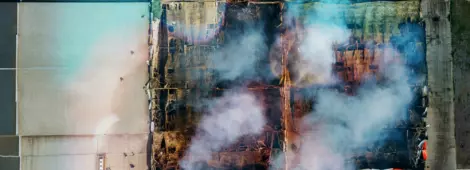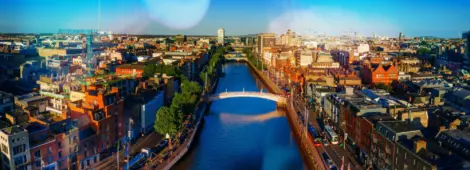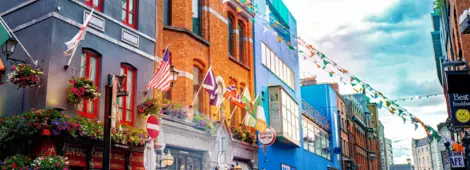
A Tale of Two Cathedrals- Fire Protection in Historic Buildings
Two historical cathedrals in major cities underwent renovations recently and how they incorporated fire protection and safety measures had a dramatic impact on their outcome.
The 800-year Notre Dame Cathedral in Paris was undergoing extensive renovations when a fire broke out on April 15th. The guard found no evidence of a fire after the first alarm sounded. Approximately six minutes after a second alarm went off they discovered a fire in the attic area. Following alarm verification procedures required by the Paris Fire Department, the guards notified the fire department a half-hour after the first alarm sounded. Within an hour of the fire discovery, the roof and spire were fully engulfed and ultimately collapsed. The cause of the fire is still under investigation.
A suspected attempted arson occurred at the historic St. Patrick’s Cathedral in New York City in April. This cathedral also underwent extensive renovations this year but they put fire protection and procedures in place during the renovations. Msgr. Robert T. Ritchie, Rector of St. Patrick’s Cathedral in New York, saw many similarities and a few differences between the St. Patrick’s and Notre Dame.
Both Notre Dame and St. Patrick’s Cathedrals have similar wood attics that are difficult to access, and both cathedrals had a fire detection system in the attic, but St. Patrick’s added a camera to allow for rapid confirmation of a fire in the space.
And, the attic was outfitted with a high-pressure water mist fire protection system powered by nitrogen gas. Additionally, during the renovations St. Patrick’s hired a person to perform a fire watch every day during the construction.
It is unfortunate that Notre Dame experienced a fire that damaged so much of the Cathedral. Could the damage to Notre Dame have been mitigated through prevention? It’s difficult to know but U.S. fire officials have access to the requirements found in NFPA 914, Code for The Protection of Historic Structures that predicated the success story of St. Patrick’s fire protection story.
Although not used in France, the Code dedicates a chapter to “Fire Precautions During Construction, Repair, and Alterations” and it’s likely that if restoration processes follow this Code it will help to ensure the protection and preservation of many historic structures. The shortcomings of older structures also highlight why rigorous building codes for new construction and their adoption is critical and why special precautions must be taken during renovations.
As members of national and global regulatory organizations, our engineering team participates in the development of fire safety codes, such as the NFPA 914, and stays up-to-date on codes and standards interpretation.












